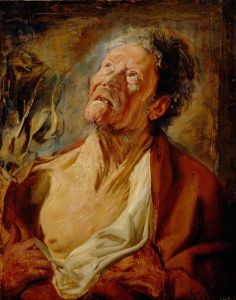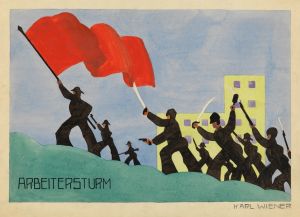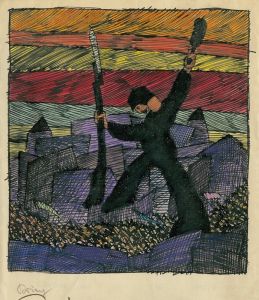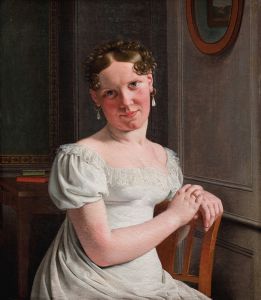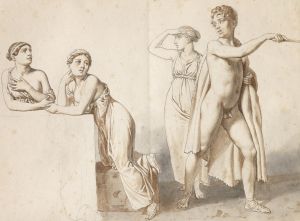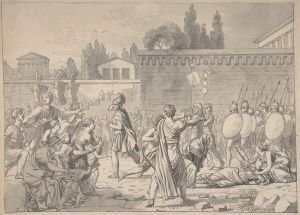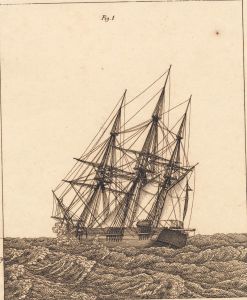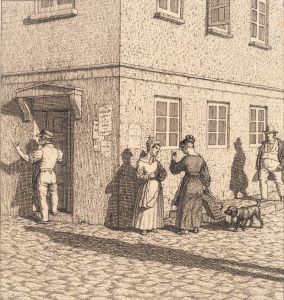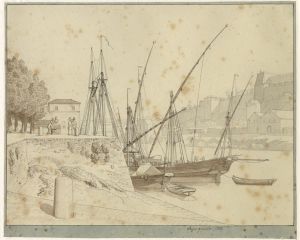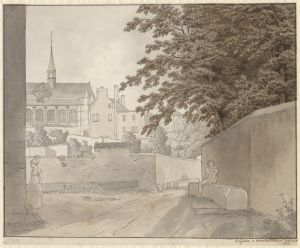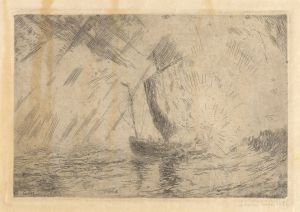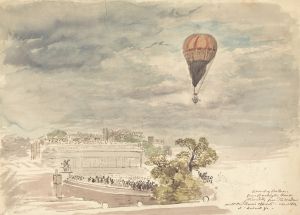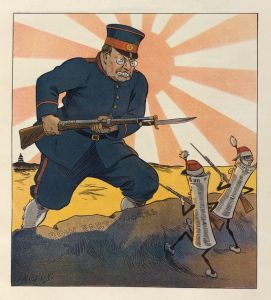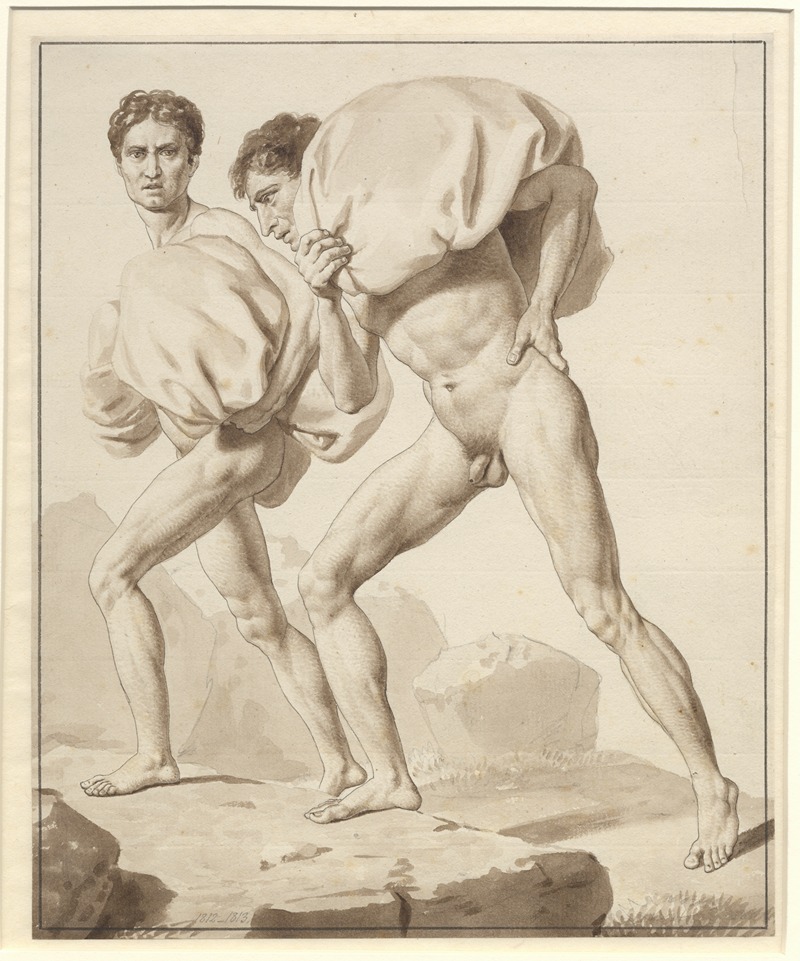
Studie af to nøgne mænd, belæssede med byrder, på vej op ad et bjerg
A hand-painted replica of Christoffer Wilhelm Eckersberg’s masterpiece Studie af to nøgne mænd, belæssede med byrder, på vej op ad et bjerg, meticulously crafted by professional artists to capture the true essence of the original. Each piece is created with museum-quality canvas and rare mineral pigments, carefully painted by experienced artists with delicate brushstrokes and rich, layered colors to perfectly recreate the texture of the original artwork. Unlike machine-printed reproductions, this hand-painted version brings the painting to life, infused with the artist’s emotions and skill in every stroke. Whether for personal collection or home decoration, it instantly elevates the artistic atmosphere of any space.
"Studie af to nøgne mænd, belæssede med byrder, på vej op ad et bjerg" (Study of Two Naked Men, Laden with Burdens, Climbing a Mountain) is a painting by the Danish artist Christoffer Wilhelm Eckersberg. Eckersberg, often referred to as the father of Danish painting, was a prominent figure in the Danish Golden Age of painting. He was born on January 2, 1783, in Blåkrog, Denmark, and died on July 22, 1853, in Copenhagen.
Eckersberg is known for his precise and detailed style, which he developed through rigorous training and study. He studied at the Royal Danish Academy of Fine Arts in Copenhagen and later traveled to Paris and Rome, where he was influenced by the works of Jacques-Louis David and other neoclassical artists. His time in Italy was particularly formative, as he absorbed the classical traditions and techniques that would define his later work.
The painting "Studie af to nøgne mænd, belæssede med byrder, på vej op ad et bjerg" is a study that showcases Eckersberg's skill in depicting the human form and his interest in classical themes. The work features two nude male figures, each carrying a heavy burden, as they ascend a mountainous path. The composition emphasizes the physical strain and effort of the figures, highlighting their muscular forms and the tension in their bodies.
Eckersberg's attention to anatomical accuracy and his ability to convey the weight and movement of the figures are evident in this study. The painting reflects his dedication to the principles of neoclassicism, which emphasized clarity, order, and the idealized human form. It also demonstrates his interest in the human condition and the challenges faced by individuals, themes that were common in his work.
Throughout his career, Eckersberg produced a wide range of works, including portraits, landscapes, and historical scenes. He was also a respected teacher and served as a professor at the Royal Danish Academy of Fine Arts, where he influenced a generation of Danish artists. His legacy is evident in the continued appreciation of his work and his impact on Danish art.
"Studie af to nøgne mænd, belæssede med byrder, på vej op ad et bjerg" is a testament to Eckersberg's mastery of the human form and his ability to convey complex themes through his art. The painting remains an important example of his contribution to the Danish Golden Age and his enduring influence on the art world.





